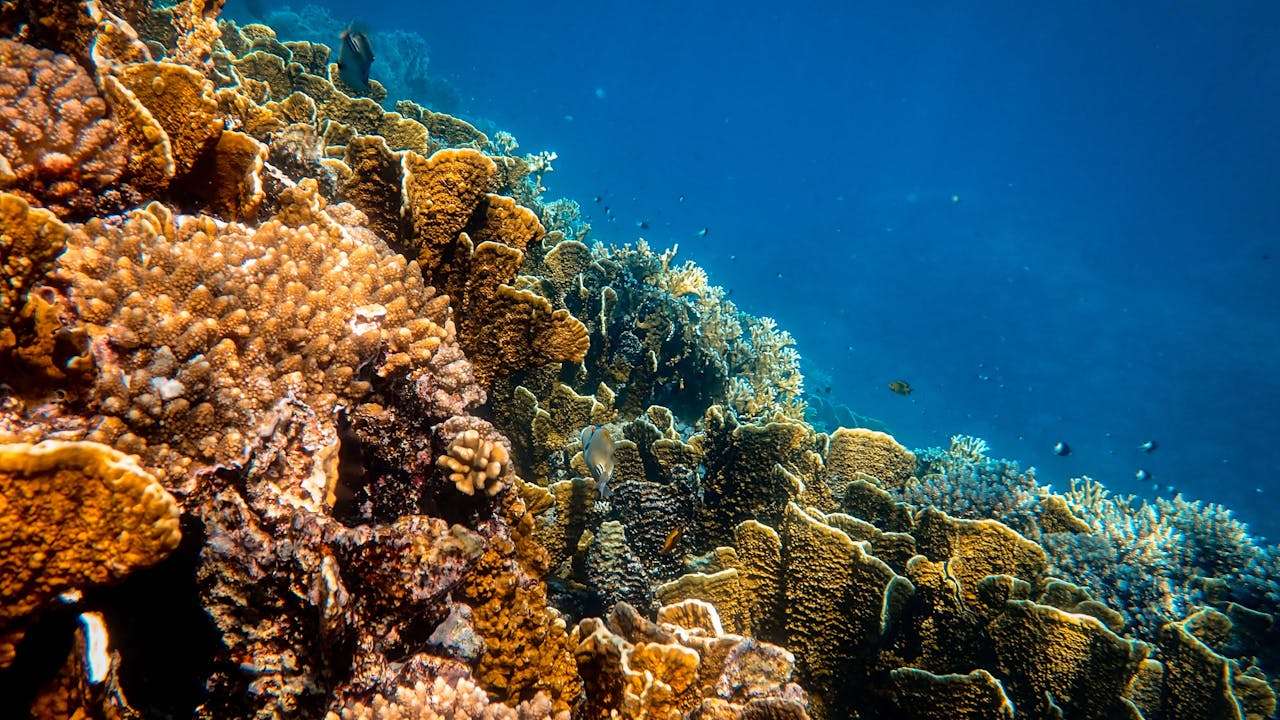Beneath the shimmering surface of our oceans lies a realm of wonder and mystery, largely unexplored and teeming with life. Underwater exploration offers a glimpse into this hidden world, where strange creatures, ancient shipwrecks, and enigmatic ecosystems abound. This long-form piece delves into the captivating realm of underwater exploration, tracing its history, showcasing remarkable discoveries, examining cutting-edge technologies, and contemplating the future of oceanic discovery.
From Aquatic Curiosity to Scientific Endeavor
Human fascination with the oceans dates back millennia, with ancient mariners venturing into the unknown in search of new lands and treasures. However, it wasn’t until the 19th century that underwater exploration transitioned from mere curiosity to systematic scientific inquiry. Innovations such as the diving bell and the bathysphere allowed pioneers like Jacques Cousteau to explore the ocean depths, revealing a world of astonishing biodiversity and geological wonders.
Mapping the Submerged Landscape
Mapping the ocean floor is essential for understanding Earth’s geology, ecosystems, and climate systems. Early bathymetric surveys provided crude maps of the seafloor, but it wasn’t until the advent of sonar technology in the mid-20th century that scientists could accurately chart the ocean’s depths. Today, high-resolution sonar systems and autonomous underwater vehicles (AUVs) enable researchers to create detailed maps of underwater features such as seamounts, trenches, and mid-ocean ridges.
Uncovering Ancient Mysteries
The ocean floor is a treasure trove of archaeological wonders, preserving evidence of ancient civilizations and maritime history. Underwater archaeologists have discovered submerged cities, shipwrecks, and artifacts dating back thousands of years, shedding light on humanity’s maritime heritage and the dynamics of past civilizations. Notable discoveries include the remains of Cleopatra’s palace off the coast of Alexandria and the wreck of the RMS Titanic in the North Atlantic.
Exploring Extreme Environments
From the icy depths of the polar seas to the searing heat of hydrothermal vents, the ocean harbors some of the most extreme environments on Earth. Submersibles and remotely operated vehicles (ROVs) allow scientists to explore these hostile habitats, revealing a wealth of life adapted to extreme pressure, temperature, and darkness. Deep-sea expeditions have uncovered bizarre creatures like the anglerfish, gulper eel, and giant tube worm, offering insights into the limits of life on our planet.
Preserving Marine Biodiversity
The ocean is home to a staggering diversity of life, from microscopic plankton to majestic whales. Yet, marine ecosystems are under threat from pollution, overfishing, and climate change. Underwater exploration plays a vital role in monitoring and conserving marine biodiversity, allowing scientists to study fragile habitats like coral reefs, mangrove forests, and seagrass meadows. By understanding the complex interactions between species and their environment, we can work towards sustainable management and protection of our oceans.
Harnessing Technology for Ocean Discovery
Advances in technology have revolutionized underwater exploration, enabling researchers to delve deeper and explore remote regions of the ocean with unprecedented precision. ROVs equipped with high-definition cameras and sampling tools allow scientists to conduct detailed surveys of underwater ecosystems, while deep-sea submersibles like James Cameron’s Deepsea Challenger can descend to depths of over 10,000 meters. Cutting-edge instruments such as underwater drones, DNA analysis, and satellite imaging are transforming our understanding of the ocean and its inhabitants.
Navigating the Future of Ocean Exploration
As we look to the future, underwater exploration holds immense promise for scientific discovery, environmental stewardship, and economic development. Initiatives like the Ocean Exploration Trust and the Schmidt Ocean Institute are leading efforts to explore uncharted regions of the ocean and document its wonders. By investing in research, education, and sustainable management, we can unlock the full potential of our oceans and ensure their preservation for future generations.
Underwater exploration is a journey of discovery, innovation, and wonder, offering a window into the hidden depths of our planet’s last frontier. From ancient shipwrecks to thriving coral reefs, the ocean holds a wealth of secrets waiting to be uncovered. As we continue to explore and protect this vast and mysterious realm, let us embrace the challenges and opportunities that lie ahead, united in our quest to unravel the mysteries of the deep and safeguard the ocean for generations to come.

